Reebok Logo Design: History & Evolution

Image Courtesy: Reebok
If you're as obsessed with logos as we are, you're in for a treat today. We're diving deep into the history and evolution of the Reebok logo design—yes, that iconic symbol you've seen on everything from high-performance running shoes to fashion-forward athleisure. Whether you're a seasoned graphic designer or just starting out, understanding the journey of a global brand like Reebok can offer invaluable lessons in effective visual storytelling.
For decades, Reebok has been a staple in the athletic wear industry, but have you ever stopped to consider the power and influence of its logo? Trust me, there's more than meets the eye. A logo isn’t just a random set of shapes and colors; it’s a visual identity that tells a story and builds brand recognition. In retail and event rollouts, auxiliary touchpoints—from shoe-wall lighting to custom neon signs—extend the logo’s energy into physical space and amplify brand recall.
So, sit back, grab your sketchbook (or a coffee, if that’s more your style), and let’s unpack the fascinating world of Reebok's emblematic design. Whether you're here for inspiration or a dose of design history, we've got you covered!
Reebok Logo Design History
1958 - 1977
Let's rewind the clock and travel back to the late '50s. You ready? Here comes the next chapter in our deep dive into the Reebok logo design timeline. The brand hit the scene in 1958 with a logo that was a departure from the Union Jack design they originally started with. This was Reebok reaching for a modern, streamlined aesthetic and, boy, did they deliver!
The 1958 logo featured a light sans-serif inscription that had an airy vibe, quite fitting for a brand named after an African Antelope (yeah, fun fact, that's what Reebok means). Breaking away from the conventional, the brand’s name was split into two segments by an abstract geometric shape. This shape was artfully contoured with thin zig-zag lines, giving the logo an added dynamic element. To add to that, two horizontal zig-zag lines were placed above this mysterious shape, injecting an extra bit of flair.
So what's the big deal, you might ask? For graphic designers like us, this was a masterstroke of design thinking. The zig-zag contouring wasn’t just eye-catching; it offered a sense of motion, almost like the antelope the brand was named after. This version of the Reebok logo design played a significant role in setting the tone for what the brand would become: a trendsetter, a mover, a game-changer.
The design language spoke to the aesthetics of the era while keeping an eye on the future, proving that logos need to not just represent a brand but also evolve with the times. It's a textbook case of how attention to detail, even something as subtle as zig-zag contouring, can create a memorable and timeless brand identity. If you’re ever stuck in a design rut, revisiting icons like this can spark your creative genius.

Image Courtesy: Reebok
1977 - 1993
Fast-forward to 1977 and buckle up because Reebok made another giant leap in its logo design journey. This time, nostalgia made a comeback— the British flag returned to the brand’s visual identity, but with a modern twist.
Positioned on the right side of a bold blue wordmark, the Union Jack found a new home. But the real game-changer here was the typeface— a custom, sharp sans-serif with diagonal lines and rounded angles on the letters. And guess what? This typeface is so iconic that it's still being used by the brand today.
In the landscape of the '70s and '80s, where brands were playing it safe, Reebok decided to be a disruptor. The font’s sharp angles, coupled with the familiarity of the British flag, created a paradox of tradition meeting innovation. It was like old-world craftsmanship shaking hands with new-world flair.
For us graphic designers, this period in Reebok logo design history is a killer example of how you can blend heritage and modernity without diluting brand essence. The logo remained recognizable yet fresh, relevant yet rooted. It’s an inspiration to any designer trying to balance these often-conflicting elements.
So there you have it, another chapter in the thrilling tale of Reebok’s ever-changing but always brilliant logo design. Remember, the genius is in the details, whether it's an abstract zig-zag or a custom typeface that stands the test of time.

Image Courtesy: Reebok
1993 - 1997
Let's jump into the 90s, the era of grunge, the Internet, and of course, a pivotal chapter in the Reebok logo design saga. In 1993, Reebok rolled out a logo that would become iconic in the annals of branding. Gone were the zig-zags and British flags—this was Reebok reimagining itself for a new generation.
The '93 emblem is one you'll recognize: two smooth blue lines that merged gracefully into a single flow, intersected by a razor-sharp red triangle. If the previous logos told a story of evolution, this one screamed revolution. This radical design was then paired with a custom wordmark that appeared in a lighter shade of blue compared to the previous versions.
Now, why is this relevant to us graphic designers? Well, the answer lies in the visual tension created by the contrasting elements. The smooth lines had a calming, fluid aspect, while the red triangle cut through like a bolt of energy. This balance between tranquility and dynamism made the logo an instant classic.
The choice of colors was also a stroke of genius. The soothing blue tones highlighted Reebok's trustworthy reputation, while the red accent symbolized speed and passion. In essence, the '93 Reebok logo design managed to encapsulate the brand's essence in a simple yet profoundly impactful way. It's a masterclass in how a well-thought-out design can speak volumes.

Image Courtesy: Reebok
1997 - 2000
Alright, fasten your seatbelts, folks, because we're zooming ahead to 1997. Just when you thought the Reebok logo design couldn't get any better, they went ahead and switched things up yet again. This time, the iconic symbol moved from its side-position to the top of the logo. And if that wasn't enough, the color palette got an entire overhaul, turning into an elegant light gray.
The significance? The new hue added an air of sophistication and lightness, highlighting the brand's professional attributes. For graphic designers, this is a lesson in how color can change the entire mood of a design. Light gray isn't just a neutral color; it's a statement that communicates elegance and versatility.
The rearrangement also played a key role. By moving the symbol to the top, Reebok was signaling a paradigm shift, subtly pointing to their focus on higher standards and quality. It was no longer just an athletic brand; it was becoming a lifestyle choice.
For those of us in the design world, the '97 to 2000 period of Reebok's logo design history is like a short course in how to elegantly evolve a brand identity. They managed to retain the core elements while introducing subtle changes, making it a perfect example of how to refresh a brand without losing its essence.
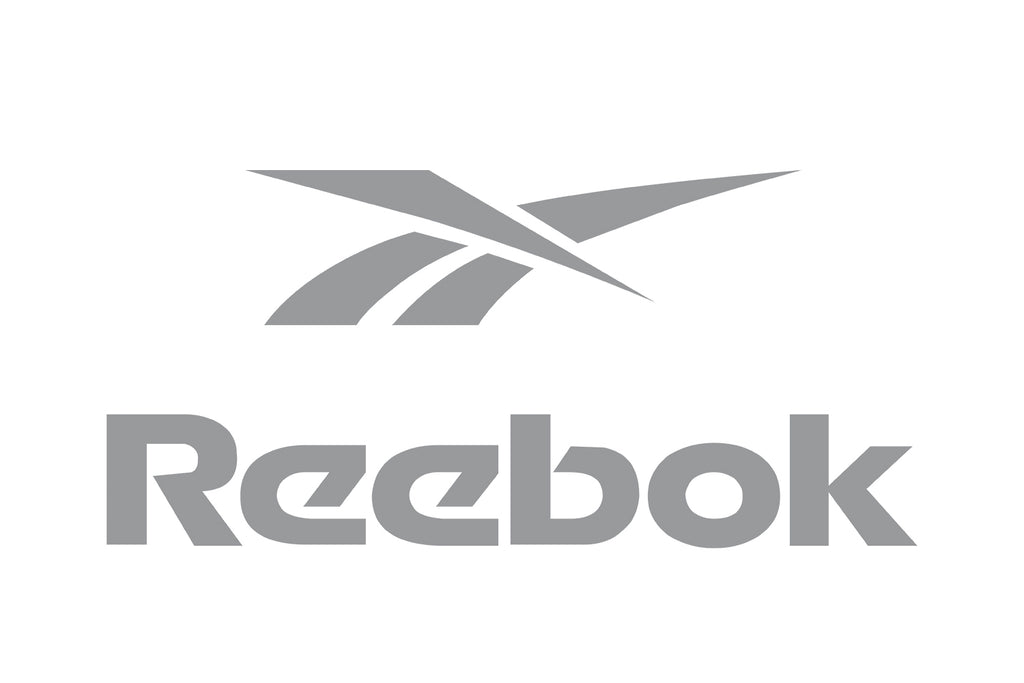
Image Courtesy: Reebok
2000 - 2005
Let's flip the calendar to Y2K—a year of wild predictions, fears of digital meltdown, and yet another seismic shift in Reebok logo design. Picture this: the iconic emblem remains, but virtually everything else changes. Welcome to the new millennium, Reebok style!
The emblem we've come to associate with the brand gets a brand-new backdrop: a smooth parallelogram outlined in thick blue. Inside this frame, the background is divided into two segments—light gray for the emblem and pristine white for the wordmark. And speaking of the wordmark, get this—the typeface has been completely overhauled. We're talking about sharp, square sans-serif letters, italicized to convey a sense of speed and motion. But the real kicker? The text is in a fiery, intense red, injecting the design with a newfound zest and energy.
For those of us who eat, sleep, and breathe design, this Reebok logo design era is a virtual playground of creative lessons. The use of the parallelogram isn’t just for show; it brings a dynamic element, making the logo appear almost 3D. The new typeface represents a brand in motion—literally, in the case of an athletic brand like Reebok, but also metaphorically, as the company aimed to adapt and evolve in a new digital era.
The bold red color of the wordmark? That’s the brand telling us it’s ready to embrace its own power and strength. This color choice is a nifty lesson in how a hue can amplify the emotional resonance of a design. Seriously, can't you just feel the passion and energy radiating from it?

Image Courtesy: Reebok
2005 - 2008
You've got your iPod, Facebook is becoming a thing, and Reebok? Well, they’re flipping the script again with their logo design. Say hello to "RBK"!
In this era, the company starts using the abbreviated name "RBK" in a unique, sharp font. The letters are set to the left of the blue emblem, all wrapped in a blue rectangular frame with deliciously rounded corners. This frame not only serves as a visual boundary but also creates a unity between the elements, making them appear as one cohesive brand mark.
So why should we, the graphic design aficionados, care about this? First off, the abbreviation is not just a trendy fad; it’s a strategic move to modernize the brand. Shortening the name to "RBK" gives it a contemporary, edgy feel—exactly what you’d want for a brand aimed at younger consumers. Secondly, the unique sharp font brings an aggressive touch to the logo, reinforcing the brand's high-performance narrative.
The blue frame with rounded corners, on the other hand, adds a subtle touch of softness and approachability. It's like Reebok is telling us, "Hey, we’re tough and high-performing, but we’re also friendly and accessible." It’s this complex mixture of messaging that makes this era of Reebok logo design so intriguing.

Image Courtesy: Reebok
2008 - 2014
Time to set our time machines to 2008. iPhones are disrupting the market, people are dancing to Beyoncé's "Single Ladies," and Reebok is hitting us with yet another logo redesign. This time, it's all about minimalism, baby!
In a drastic pivot from their earlier designs, the 2008 version of the Reebok logo said goodbye to emblems and hello to simplicity. The logo was stripped down to a neat, traditional sans-serif typeface in a light shade of blue. Yes, you heard it right—the emblem that had been a staple in their visual identity was completely removed.
So, why is this period crucial for us, the keepers of the design flame? For starters, it's a striking example of how minimalism can impact a brand's identity. The logotype alone carried the message, highlighting the name without any additional fluff. The light blue conveyed a sense of calm, sophistication, and reliability, showing that sometimes less really is more. This experimental approach gave the brand a clean slate and served as the foundation for future redesigns.
From a graphic design perspective, it's interesting to observe how taking something away can add so much. The stripped-back look leaves room for interpretation and allows the products themselves to take center stage. In essence, the logo turned into a blank canvas upon which various brand narratives could be painted.

Image Courtesy: Reebok
2014 - 2019
Alright, let's jump ahead to 2014. Selfies are a cultural phenomenon, streaming is changing how we consume media, and Reebok—ever the changemaker—is unveiling a new chapter in their logo design story.
Say hello to a sleek, smooth logotype now dressed in classic black. But wait, there's more—a brand new geometric emblem has entered the chat. Comprising a red triangle divided into three equal segments, this icon is visually striking and loaded with symbolism.
What's the takeaway for us graphic designers? The black logotype, smooth yet bold, conveys a timeless elegance, while the geometric emblem adds a layer of complexity and meaning. The triangle's three segments can be interpreted in multiple ways—perhaps as a nod to the brand's commitment to physical, mental, and social well-being, or as a trifecta of speed, power, and precision.
The red color in the emblem, reminiscent of their older designs, adds a touch of passion and energy, creating a stunning visual contrast with the black logotype. It's an exciting and dynamic change, demonstrating that the brand isn't afraid to evolve while paying homage to its past.
So, there you have it. The 2014-2019 era of Reebok logo design showcases how balancing the old with the new can result in a compelling visual narrative. As we delve deeper into logo evolution, Reebok continues to be a remarkable case study for design innovation and brand strategy.

Image Courtesy: Reebok
2019 - Present
Time to hit the fast-forward button to our current reality—2019 to the present. Netflix binge-watching is our weekend plan, TikTok dances are a whole vibe, and Reebok? Well, they’re diving into their roots with a revamped take on a vintage look. Hold on to your Wacom pens because this Reebok logo design is a fascinating fusion of the old and new!
In a surprising move, the brand decides to roll back the clock and re-embrace its 1979 logo version, albeit with some modern twists. Picture this: the sharp, iconic symbol we all know and love is now stationed right below the wordmark. Gone are the vibrant blues and reds; in comes a sleek, monochrome palette that screams power and distinction.
For all of us design geeks out there, this latest chapter in the Reebok logo design saga is pure gold. It's a nod to the principle that sometimes the past offers the best inspiration for the present. By revisiting an older design, Reebok manages to create an emotional connection with long-time fans while staying current and edgy. The monochrome color scheme amplifies this by adding a contemporary, powerful flair. It's as if Reebok is telling us, "We honor our heritage, but we're fully equipped to tackle today's world."
The location of the emblem under the wordmark is not just an aesthetic choice; it also repositions the brand’s identity. This layout creates a sense of unity and balance between the text and the symbol, presenting a cohesive image that communicates the brand's strength and reliability.
So, if you've ever wondered how to merge vintage aesthetics with modern sensibilities in your designs, take a page from Reebok's playbook. This is a masterclass in maintaining brand continuity while staying in tune with current trends. Keep that creative juice flowing, because in the realm of logo design, the only constant is change!

Image Courtesy: Reebok
Analysis: Reebok Logo Design Evolution
We've been on a time-traveling journey through the rollercoaster that is Reebok's logo history, from the retro vibes of the late '50s to the modern flair of the 2010s. The brand has gone through multiple iterations, each one a chapter in a long, fascinating story of transformation and brand identity. And guess what? There's gold in them there hills of visual evolution. So, grab a cuppa and let's dive into some key takeaways we can all learn from this dynamic journey in Reebok logo design.
Adaptability is Key
Reebok’s multiple logo redesigns are a testament to the brand's ability to adapt to changing times. Whether it's the minimalist sans-serif fonts of the 2000s or the return to retro in 2019, Reebok knows when to shift gears. For graphic designers, the lesson here is clear: staying adaptable allows your designs to resonate with a wider audience over a longer period.
Less Can Be More
One of the standout phases in Reebok logo design was the 2008-2014 era, where they went minimal. No frills, just a simple, light-blue sans-serif typeface. This move shows us that, sometimes, less really is more. The simplified design let the product and brand message take the spotlight, and that's a lesson in restraint we can all appreciate.
Emotional Connections Matter
In 2019, Reebok harkened back to its 1979 design, reconnecting with long-time fans of the brand. They demonstrated that nostalgia can be a powerful tool in design, offering a bridge between past and present. As designers, never underestimate the emotional pull your work can exert.
Balance and Unity
Reebok's logos have often managed to balance boldness with simplicity, whether through color palettes or the arrangement of text and symbols. For instance, the 2019 version expertly places the iconic emblem under the wordmark, achieving a harmonious and unified look. So, consider balance and unity when you're sketching out your next masterpiece.
Consistency Amidst Change
While Reebok's logos have varied widely, a few core elements like the iconic emblem and sharp, sans-serif fonts have remained consistent. It's a reminder that while evolution is necessary, some consistency should remain to make the brand instantly recognizable.
Five golden nuggets of wisdom extracted from the evolution of Reebok logo design. This brand's history offers an invaluable case study in how to navigate change while maintaining core elements that keep a logo rooted in its brand's essence.

Image Source: https://www.instagram.com/p/Ct9ToQpLAzq/ | Image Courtesy: Reebok
The Philosophy & Meaning Behind Reebok Logo Design
You know as well as I do that a logo isn't just a pretty picture—it's a complex tapestry of ideas, philosophies, and intentions. Reebok, that age-old master of athletic apparel, is no exception. So, ever wondered what's bubbling beneath the surface of those iconic emblems and typefaces? Buckle up, because we're diving deep into the philosophy and meaning behind the Reebok logo design. Ready? Let's get metaphysical!
Speed and Motion
Reebok's various logos, particularly the ones around the early 2000s, have often incorporated elements that suggest speed and motion. The italicized, sharp, and square sans-serif fonts aren't just for show—they communicate a sense of forward momentum. If you're working on a brand that aims to evoke action, take a leaf out of Reebok's design book.
Heritage and Identity
Reebok has been unafraid to explore its British roots, using the Union Jack in its earlier designs and revisiting vintage styles. When you're working on a brand with a rich history, don't be afraid to tap into that heritage. It offers a layer of authenticity that's hard to replicate.
The Power of Minimalism
Reebok’s 2008 to 2014 era veered into minimalism, and it wasn’t by accident. The brand stripped away extra details to put the focus squarely on its message of quality and performance. The lesson here is: when in doubt, cut it out. Sometimes the best way to say more is actually to say less.
Universality and Inclusivity
The more recent iterations of the Reebok logo design opt for a monochrome palette, and this serves a purpose. The black-and-white tones are universal, aiming to resonate with a broader audience. It subtly emphasizes Reebok's commitment to being an inclusive brand.
Triangles and Strength
Triangles are the strongest shape, which is why you'll see them used in structures like bridges. Reebok's 2014 logo design featured a red triangle made of three equal segments. This is not just eye-candy; it's a nod to strength, unity, and balance—qualities the brand wishes to be associated with.
So, who knew that a brand's logo could hold so much depth, right? But that’s the beauty of our craft. The Reebok logo design serves as a visual philosophy, a manifestation of what the brand represents, its values, aspirations, and its journey. Remember these nuances the next time you're grappling with bezier curves and anchor points; they might just elevate your design to the next level.

Image Source: https://www.instagram.com/p/CvASJCEgTnO/ | Image Courtesy: Reebok
What Can We Learn from Reebok Logo Design
If you've been following our deep-dive into the world of Reebok logo design, you're probably marveling at the decades-long journey this brand has made through the turbulent seas of visual identity. From its Union Jack days to its sleek and modern era, Reebok has been a case study in how to do branding right. But what are the takeaway lessons for us—the designers with styluses in hand, ready to create the next big thing? Well, I've got five hot points for you to consider. Let's go!
Be Bold but Be Relevant
Reebok never shied away from making bold moves, whether it was integrating geometric shapes or embracing minimalism. However, each bold move had a strategy behind it. They understood their audience and the market trends. Being bold is great, but being relevant while you're at it? That's genius.
Pay Attention to Details
Remember the zigzag lines in the 1958 design? Those details had a purpose. Every element in the Reebok logo design, whether it's a line, color, or font, serves to enhance the brand's message. The devil is in the details, friends. Small elements can have a big impact on how the message is received.
Master the Art of Adaptation
Reebok’s logo has evolved multiple times to keep up with cultural shifts and technological advancements. Their adaptability has kept them relevant. The lesson for us is that while the principles of good design remain, the expression of those principles should evolve to stay engaging and fresh.
Consistency Is King
Even though Reebok has gone through several logo iterations, there is a thread of consistency. Certain elements remain constant, allowing for brand recognition. When you're crafting logos or any visual elements, think about the long-term. What core aspects should remain unchanged, even as you innovate?
Know When to Look Back
Reebok’s 2019 logo was a throwback, but a strategic one. They recognized the emotional and historical value of their previous designs and brought it back with a modern twist. Sometimes, the best way forward is to take a step back and integrate elements that worked in the past.
Alright, those are your five design golden nuggets pulled from the treasure chest of Reebok logo design. From boldness to detail, from adaptation to consistency, and from past to present, there's a lot here to take to your own drawing board. Who knows? Your next project could be another design lesson in the making!
Conclusion
And there you have it, folks—the whirlwind tour of the Reebok logo design saga! From the Union Jack to geometric shapes, and from minimalist statements to powerful monochrome, Reebok’s branding journey has been nothing short of a masterclass. As graphic designers, these lessons in adaptability, attention to detail, and consistency offer invaluable insights for our own creative ventures. So the next time you're knee-deep in Illustrator or Photoshop, remember the Reebok journey and how a well-crafted logo can not only capture a brand but also stand the test of time. Happy designing!
Let Us Know What You Think!
These fantastic logo design articles are written and curated by Kreafolk's team. We hope you enjoy our information and remember to leave us a comment below. Cheers!


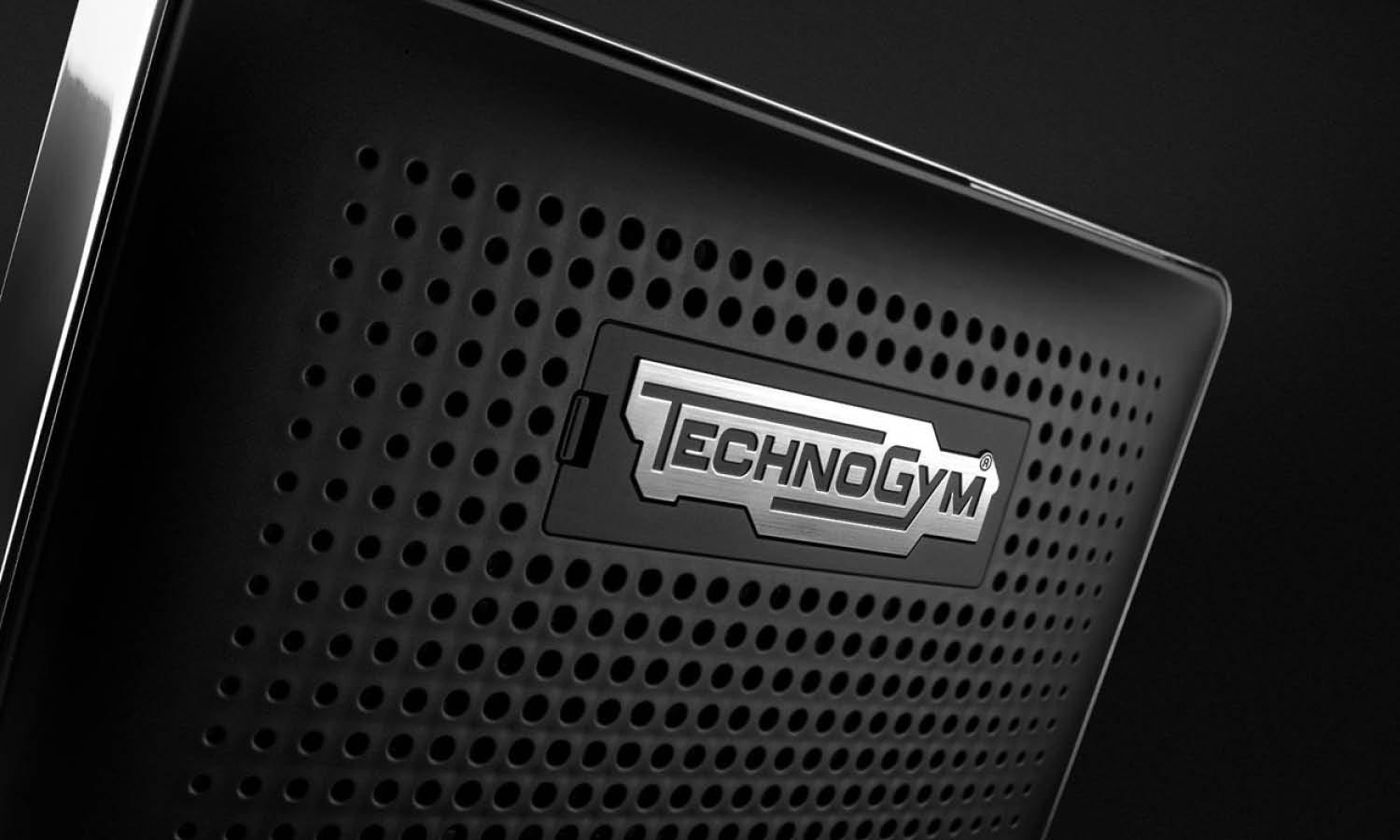
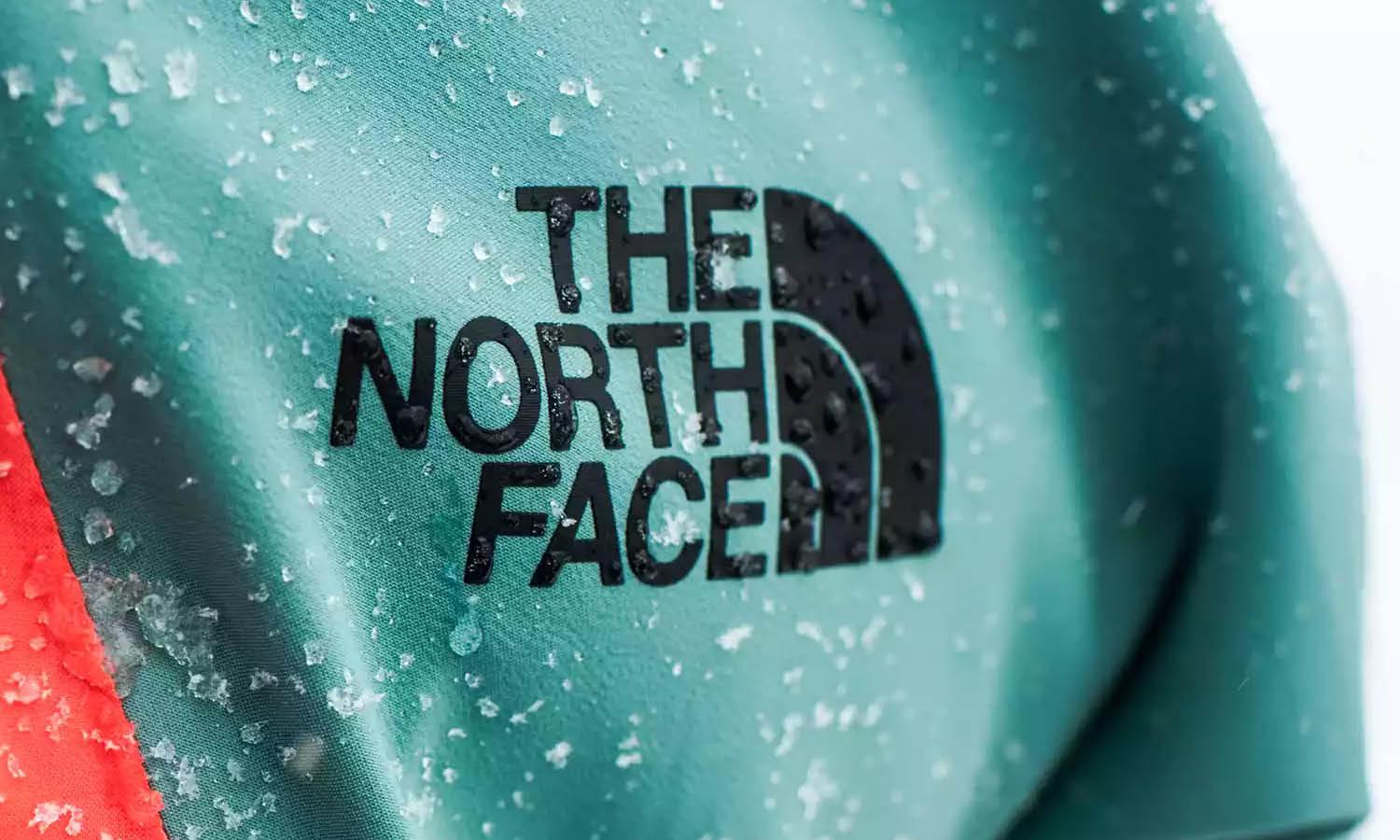
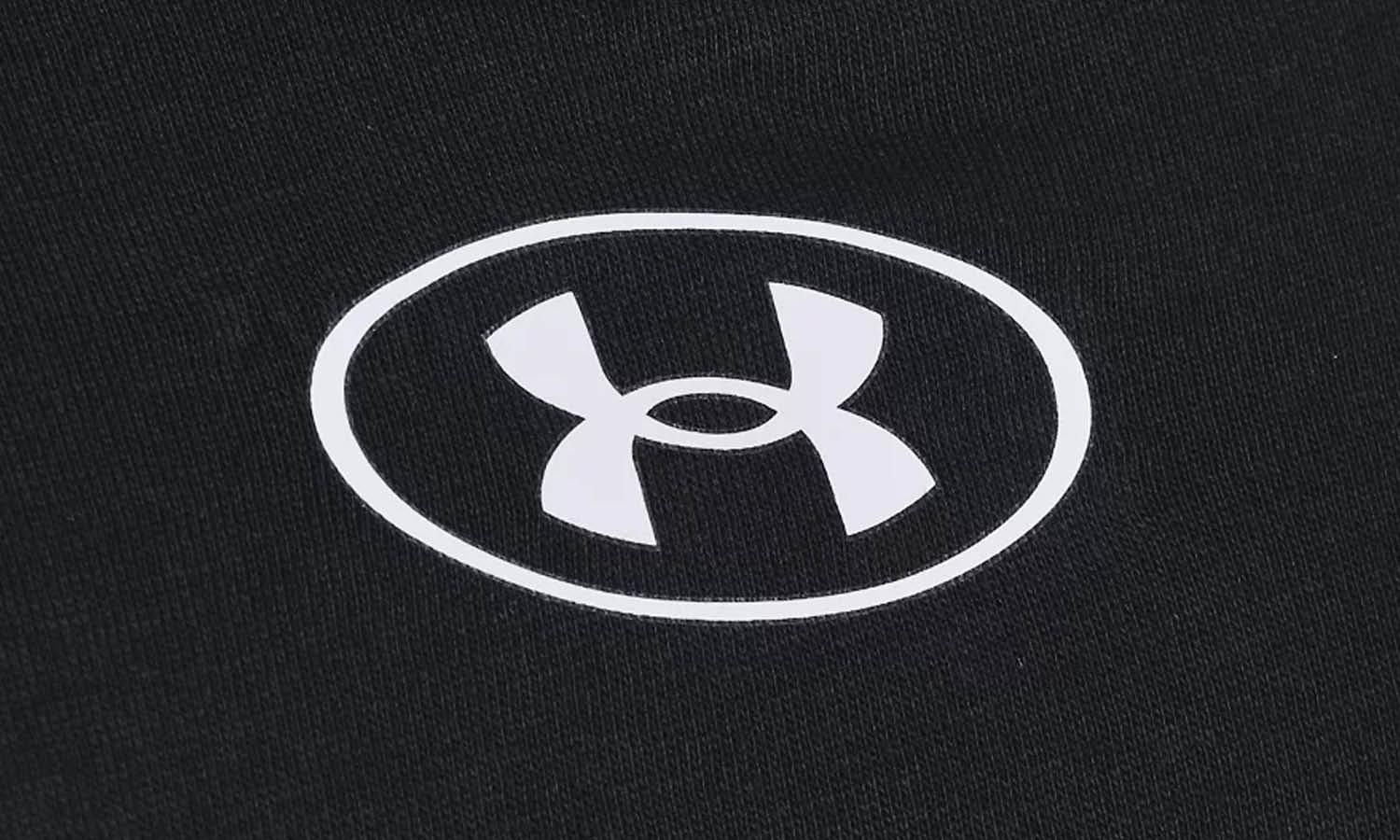

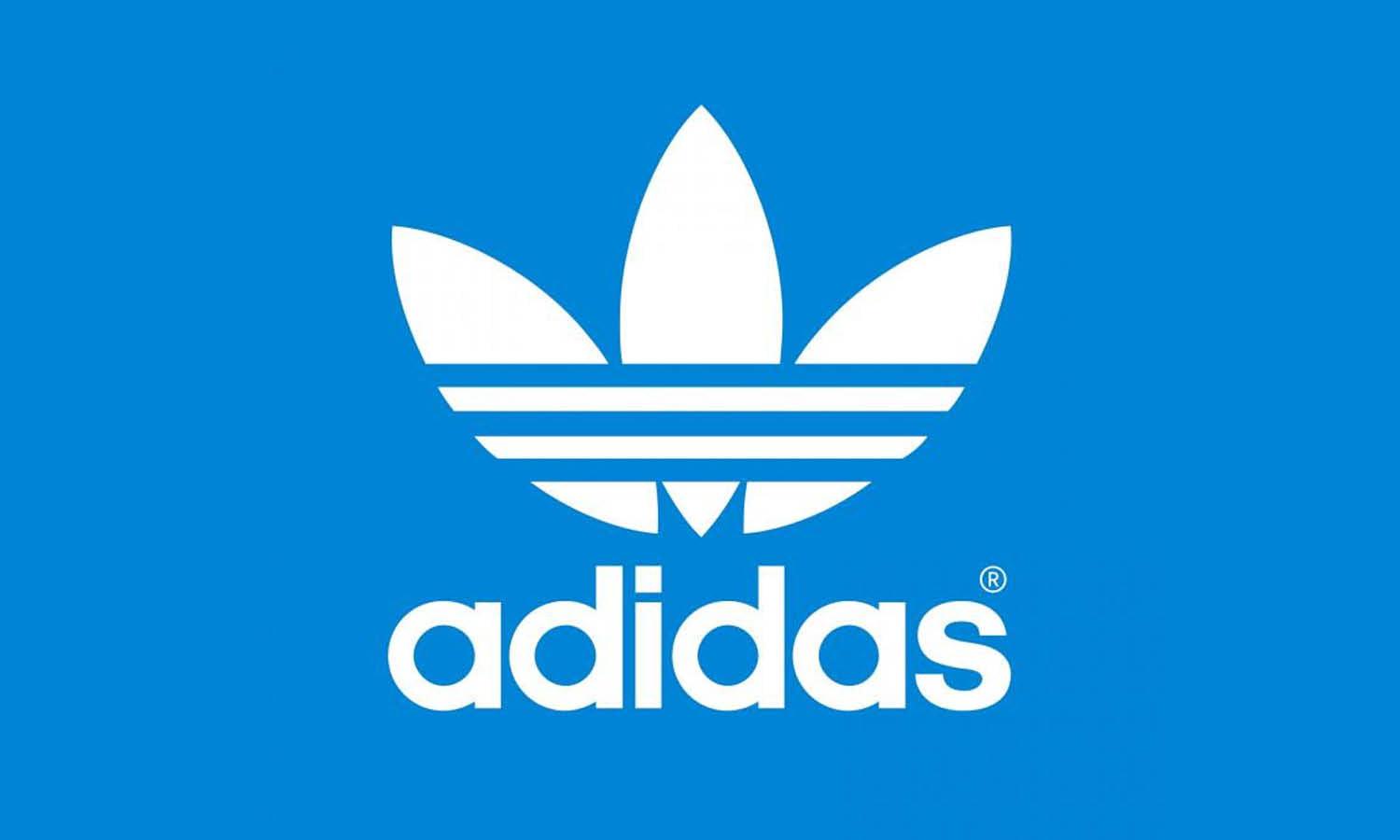
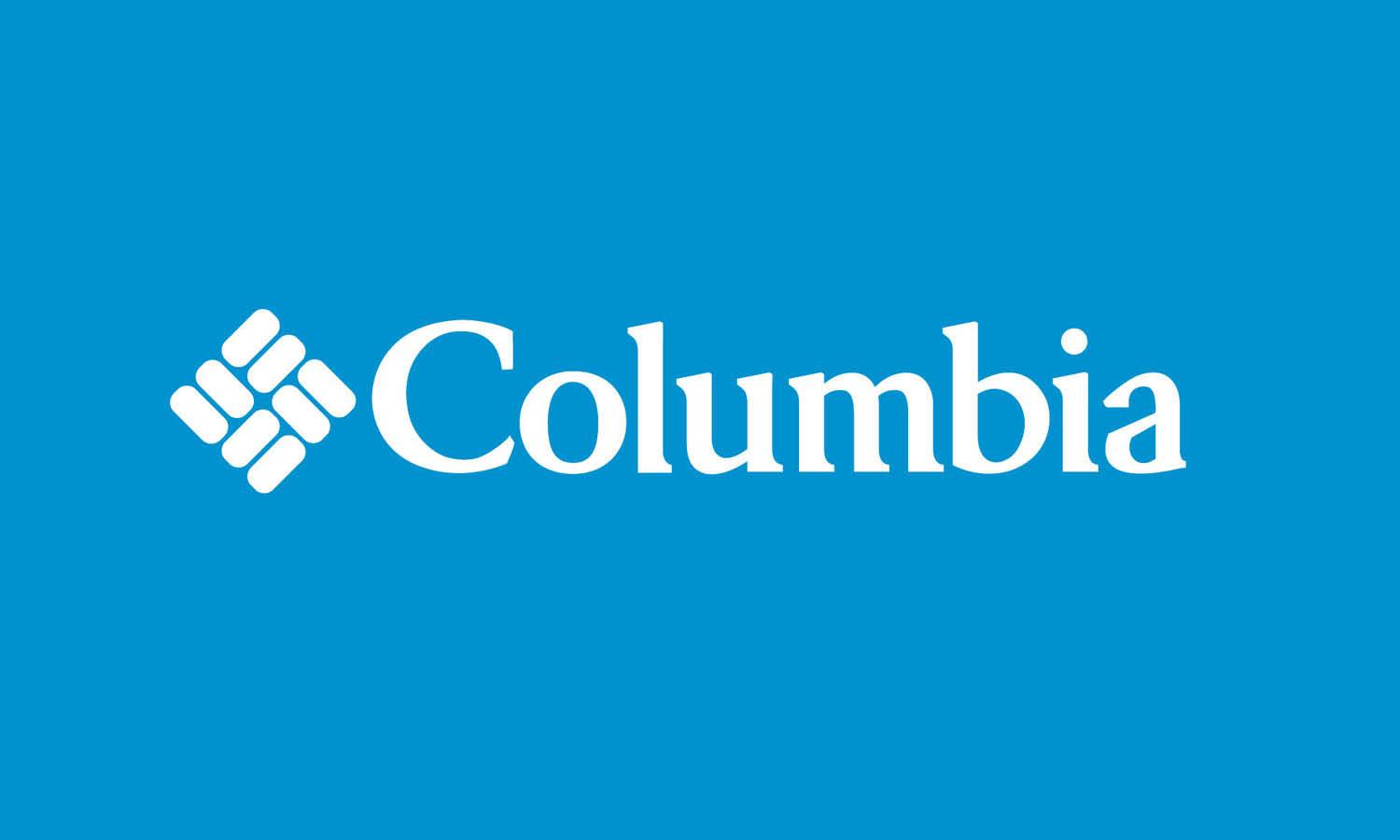








Leave a Comment